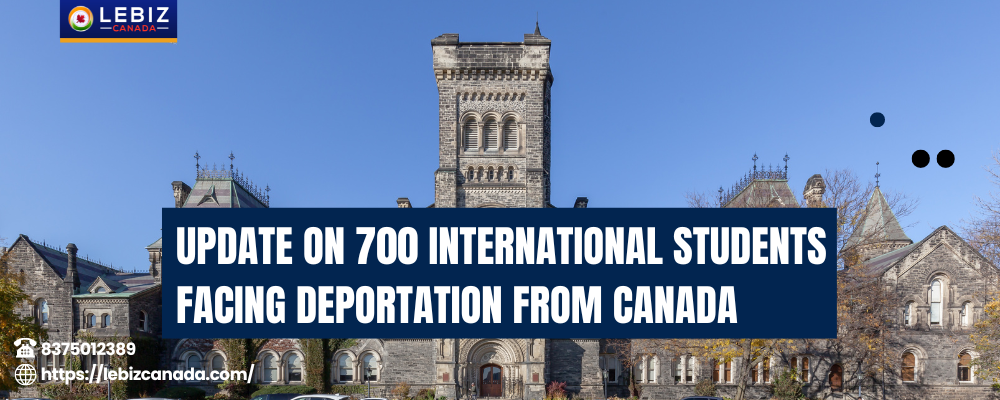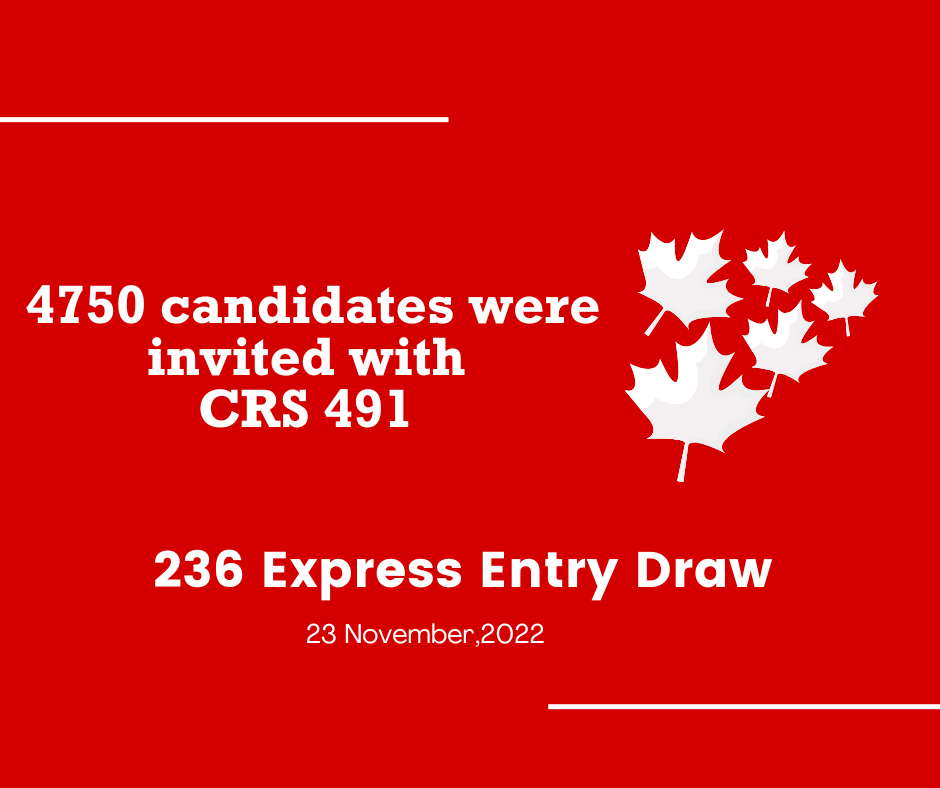Intra-company transfers offer several advantages for organizations expanding their operations globally.
These benefits include:
1 . Access to specialized skills and expertise:
Intra-company transfers allow companies to tap into the knowledge and experience of their employees in different locations. This enables them to leverage specialized skills and expertise that may not be readily available in the local talent market.
2. Knowledge transfer and cross-cultural exchange:
Transferring employees across borders facilitates the transfer of knowledge and best practices between different branches or subsidiaries. It also encourages cross-cultural exchange, fostering a more diverse and inclusive work environment.
3. Retention of key talent within the organization:
By offering employees the opportunity to transfer to international locations, companies can retain their top talent. This helps in maintaining continuity, preserving institutional knowledge, and reducing the risk of losing valuable employees to competitors.
4. Cost-effective compared to external hiring:
Intra-company transfers can be a cost-effective solution for filling positions in new locations. Instead of recruiting and training new employees, companies can utilize existing talent within the organization, which reduces recruitment costs and shortens the time required to onboard new employees.
However, intra-company transfers also pose certain challenges that need to be addressed:
1 . Cultural adaptation and language barriers:
Moving to a new country often involves adapting to a different culture and language. Employees may face challenges in adjusting to new work practices, communication styles, and social norms. Providing cultural training and support can help ease this transition.
2. Family and spouse support:
Intra-company transfers may involve relocating not only the employee but also their family. It is crucial to ensure that adequate support is provided for spouses and children to help them settle into the new environment smoothly.
3. Work-life balance and employee well-being:
Transferred employees may experience increased work demands and stress due to the demands of a new role or the expectation to prove themselves in a new location. Employers should prioritize work-life balance and employee well-being to mitigate these challenges.
4. Communication and coordination across different time zones:
Intra-company transfers often require coordination between teams located in different time zones. This can pose challenges for effective communication, collaboration, and decision-making. Employers should implement strategies such as flexible working hours and communication tools to overcome these obstacles.
By recognizing and addressing these challenges, organizations can enhance the benefits of intra-company transfers and ensure a smooth transition for their employees.










